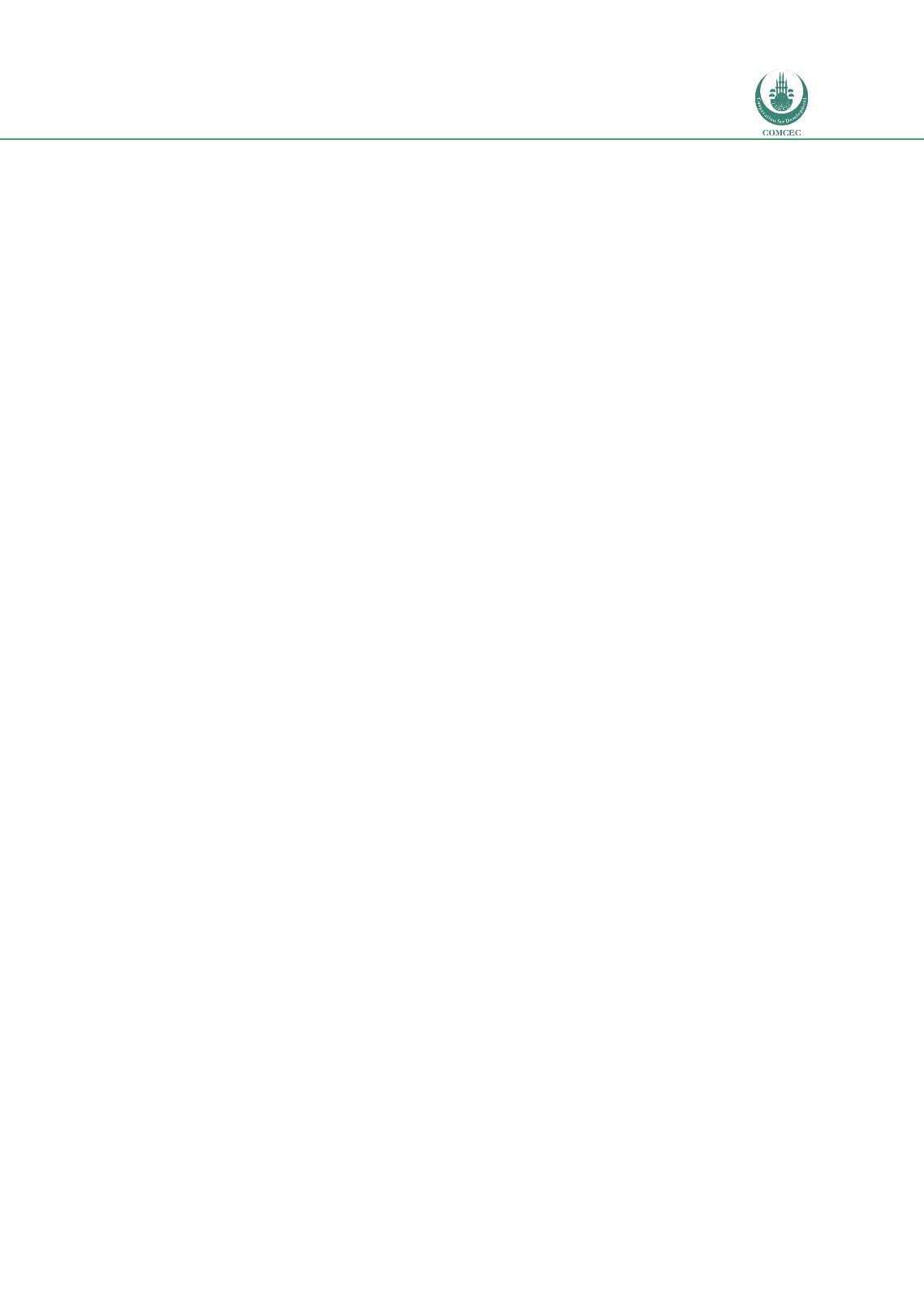

Reducing Postharvest Losses
In the OIC Member Countries
109
4.4.5.
Lessons Learned from the Case Study
A key challenge to overcome is the lack of concern about postharvest losses and awareness of
improved postharvest technologies. Farmers and traders are either unaware of the causes of
losses or have no economic incentive to upgrade their practices. Postharvest experts from
BARI indicated that farmers are unwilling to adopt improved practices unless they receive a
price premium. The much higher prices received for summer tomatoes and the much lower
losses achieved indicates that farmers are willing to adopt new practices if a better return can
be achieved. There is indication from talking to researchers that traders and farmers are now
encouraged to use plastic crates instead of baskets and jute bags. The growing market demand
for safe, organic food produced following good agricultural practice, is another indication that
people are willing to pay more for premium produce. What is needed is support for bringing
together actors and stakeholders to encourage needs-based research and extension.
Production and commerce come under two separate ministries. The Department of
Agricultural Extension does not provide sufficient attention to postharvest issues and
marketing. Support to innovation platforms and uptake of good agricultural practice and
linking actors along the tomato value chain is an area that is not well covered by other projects
and is an area that the OIC involvement could bring about a significant impact. The Department
of Agricultural Marketing is under-resourced but could be a useful player in translating market
needs into practical projects to facilitate marketing, reduce losses and improve returns to
producers.
4.5.
Meat and Meat Products in Oman
4.5.1.
Status and Importance
Oman is a relatively wealthy state, so its food security is not threatened by postharvest losses.
The Government of Oman is dedicated to achieving greater food self-sufficiency with relatively
limited water resources and to arrest the decline in farming economies caused by failure to
recruit younger farmers (Min. of Agriculture, 2011, p15).
Livestock keeping has great social worth in Oman with animal values within society often
outweighing simple economic parameters. This is especially true of camels, but can also be
said of local goat breeds.
The Omani agricultural economy is highly distorted by a number of measures designed to
promote stable domestic food prices. For example, certain services are provided free or at
below market prices, inputs such as animal feeds are price controlled, and consumer prices
have been fixed since 2008. This has two major effects: it discourages investment in the local
agricultural economy, and, to some extent, it may be driving certain parts of the economy (e.g.,
sale of hard-to-get goat species at period of high demand) into the informal economic space.
Animal production in Oman is strongly limited by the availability of water. This creates a
ceiling for total production because of the very high cost of importing fodder and animal feed.
Domestic production of red meat is supplemented by imports of live animals and
chilled/frozen meat products. Oman is an important source of demand for oxen, sheep and
goats from Somalia (a term largely used in Oman to describe any animal that originates in
Djibouti, Kenya, Ethiopia, Eritrea, Kenya – the actual origin is usually unknown). Much of this
trade is informal (Anteneh B, et al, 2010). A separate sector of the livestock economy is
















